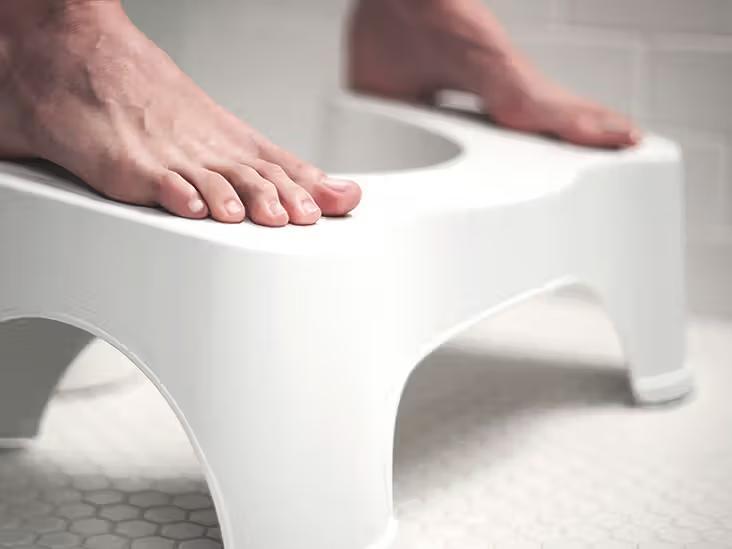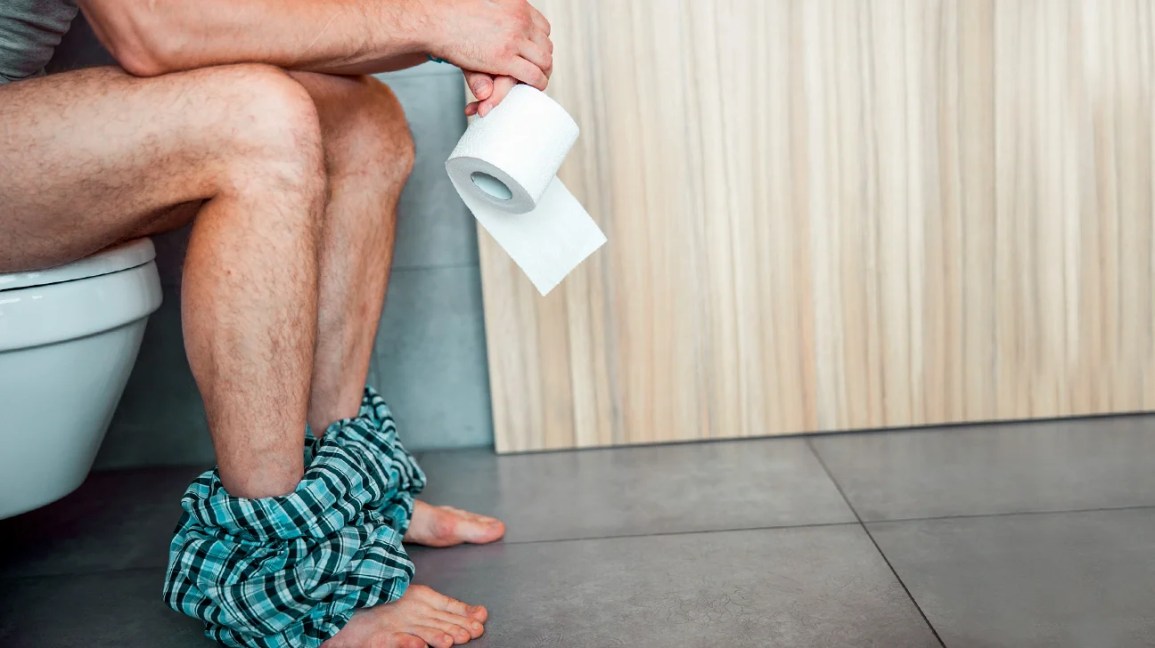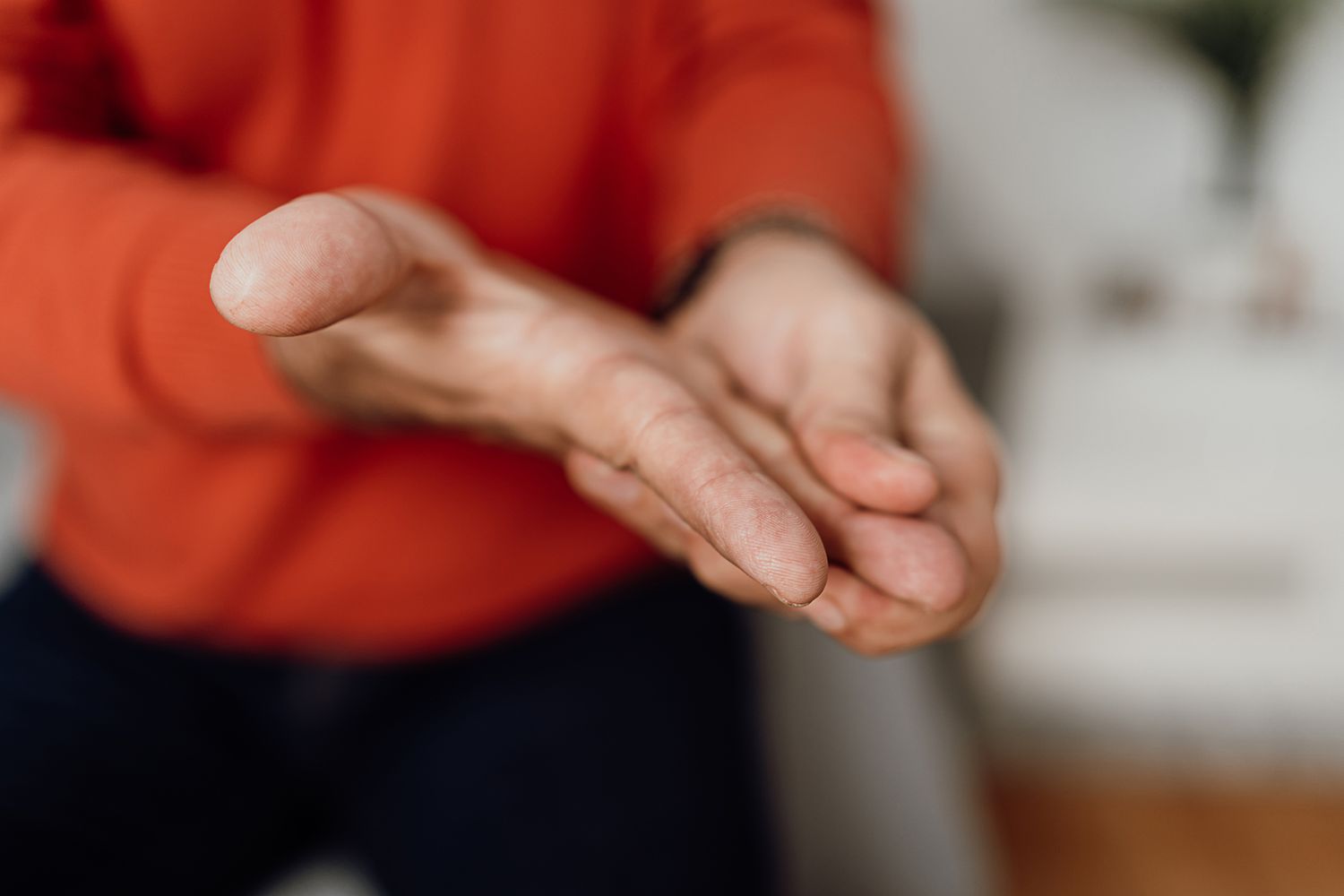
Raising Your Feet Improves the Way You Empty Your Bowels
Body position has a significant effect on digestive health, especially during bowel movements. While most modern toilets place the body in a seated position with hips at a 90-degree angle, this alignment can make elimination more difficult. Research now supports what traditional practices have long known: elevating your feet while using the toilet improves the ease and completeness of bowel movements.
Raising the feet shifts the body into a more natural squat-like posture. This changes the angle of the rectum and relaxes key pelvic muscles. In particular, it straightens the anorectal angle, which allows stool to pass more easily and with less strain. Squatting also supports intra-abdominal pressure, further improving the mechanics of elimination (Sikirov 2003).
The use of a simple footstool while on the toilet has been shown to reduce the time needed for bowel movements, lower the sensation of incomplete evacuation, and minimize straining. These outcomes are especially relevant for individuals with constipation, hemorrhoids, or pelvic floor dysfunction (Taghipour et al. 2020).
Why Posture Matters for Bowel Movements
Elimination is not only about the digestive process itself, but also about how well the body’s muscles and organs align during the act. The puborectalis muscle plays a central role. When seated, this muscle creates a bend in the rectum that keeps stool in place. This bend needs to be released for smooth passage. Squatting helps relax the puborectalis muscle and reduces the kink, allowing for a more direct path (Sikirov 2003; Reiner and Lix 2021).
Elevating the feet is a simple way to mimic this natural posture without needing to fully squat. Even a 15 to 30 cm (6 to 12 inch) footrest can make a measurable difference in how the bowel empties.

What Happens When You Elevate Your Feet
Improved Elimination Efficiency
Stool passes with less effort. Individuals report reduced straining and a shorter time spent on the toilet (Taghipour et al. 2020).
Decreased Risk of Hemorrhoids
Lower straining protects the blood vessels around the anus. This helps prevent the development or worsening of hemorrhoids (Reiner and Lix 2021).
Enhanced Pelvic Floor Health
Proper alignment during elimination reduces tension on pelvic floor muscles, which is especially important for long-term bowel and bladder support (Heitmann et al. 2022).
Increased Comfort and Regularity
Those who use a footstool often report feeling more complete after a bowel movement, which can encourage more regular habits and reduce bloating or discomfort (Sandler et al. 2021).
How to Adjust Your Toilet Posture
Use a Footstool
Place a stool under your feet to raise your knees above hip level. Adjust the height based on comfort and mobility.
Lean Forward Slightly
Place your elbows on your thighs to support a forward-leaning position. This angle supports the natural alignment of the rectum.
Relax and Breathe Slowly
Avoid straining or holding your breath. Deep, relaxed breathing helps your pelvic floor muscles stay open and engaged.
Make It a Daily Habit
Use this setup every time you use the toilet. Over time, your body will adapt and elimination may become smoother and quicker.
The Takeaway
Your body is designed to eliminate in a way that supports both comfort and function. The standard seated toilet posture may look modern, but it interrupts the natural mechanics of bowel emptying. Elevating your feet is a small but impactful shift that can support digestion, reduce strain, and improve overall gut health.
This simple change costs nothing, takes no time, and helps your body work the way it was built to. Your brain, gut, and pelvic floor will thank you.
References
Heitmann JF, Ptak M, Grundmann D, Arndt S and Frieling T (2022) ‘The influence of body position on defecation: a systematic review’, Journal of Clinical Gastroenterology, 56(2):108–113. https://doi.org/10.1097/MCG.0000000000001466
Reiner M and Lix LM (2021) ‘Toilet posture and defecation: a systematic review of the influence of body position on bowel health’, Canadian Journal of Gastroenterology and Hepatology, 2021:Article ID 6678725. https://doi.org/10.1155/2021/6678725
Sandler RS, Drossman DA, Nathan HP and McKee DC (2021) ‘The effects of toilet posture on defecation in healthy adults: a randomized controlled trial’, American Journal of Gastroenterology, 116(5):1044–1051. https://doi.org/10.14309/ajg.0000000000001193
Sikirov BA (2003) ‘Comparison of straining during defecation in three positions: results and implications for human health’, Digestive Diseases and Sciences, 48(7):1201–1205. https://doi.org/10.1023/A:1024175524977
Taghipour M, Akhlaghi F, Eslami A and Tazhibi M (2020) ‘Effects of toilet posture modification on defecation-related problems in elderly people: a randomized trial’, Clinical Interventions in Aging, 15:1465–1472. https://doi.org/10.2147/CIA.S267097



















